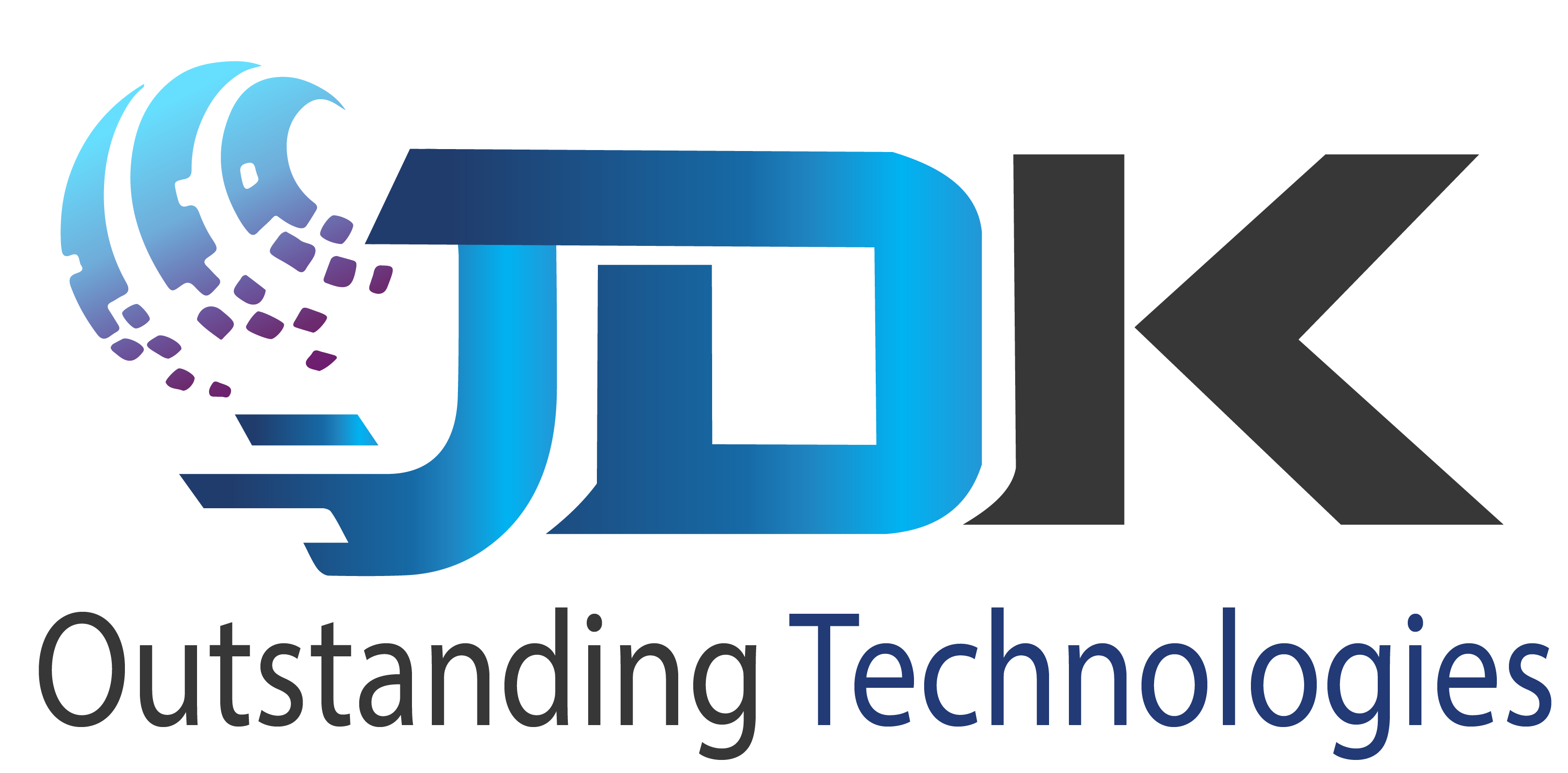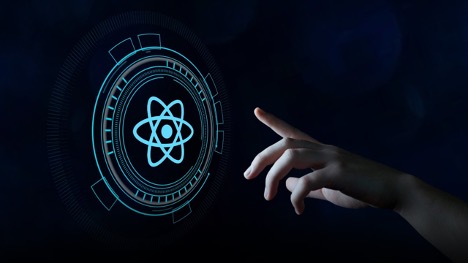A Stable, Efficient and Easy Option to Develop Mobile Applications has revolutionized the way we develop mobile applications, allowing developers to create fast and fluid user experiences using JavaScript and React. In this article, we’ll explore what React Native is, why it’s so popular, and how you can start developing your own mobile apps with this powerful technology.
¿What is React Native?
It is an open source technology developed by Facebook. To create native mobile applications. Mobile App Development with React allows developers to create apps for iOS and Android in a single code base, with the added ability to share code between the two platforms. What this means is that it solves the typical problem of creating an application that can be run on both Android and IOS, without having two separate projects in two different programming languages, something quite typical in the development of mobile applications. Even better, a developer with experience building web apps in react will be ahead of the curve, as many of the same patterns and conventions are carried over to React Native. If you have had experience creating applications web with:
- React or another Model, View, Component (MVC) based framework, you will feel at home creating mobile apps with React Native.
- Main concepts of React Native
Components:
Components are the fundamental building blocks of a React Native application. They can be functional components or class components.
Props & State:
Props are used to pass data from one component to another, while state is used to manage the internal state of a component.
JSX:
JSX is a JavaScript syntax extension that allows you to write HTML code within JavaScript, making it easier to create user interfaces in React Native.
Family Experience for React Developers.
Developers with experience building web applications with React will find that many of the same patterns and conventions carry over to React Native. This eases the transition and allows developers to feel comfortable creating mobile apps.
How React Native Works?
An app built in React Native uses JavaScript and JSX, an XML-based markup language.
The framework communicates with both JavaScript and native code through a feature called Bridge, which allows two-way communication between these parts.
This is one of the reasons for the great success of React Native because unlike its alternatives such as PhoneGap, Cordova etc…It does not generate apps within a web view, nor does it convert the code to Kotlin or Swift code, but rather it generates apps with javascript that can actually communicate with native components on a mobile device without paying with the performance of the application.
Advantages of Using React Native
- Code reuse and cross-platform development: React Native’s ability to reuse code for two platforms means less development time and makes it easier to quickly release updates.
- Large development community and abundance of resources available: Because react’s native components are open source, it greatly helps you find much more information about the platform.
- Cost efficient by not needing two separate development teams: The cost of developing apps in React Native is better than non-cross-platform solutions as it does not require two teams to develop an app for Android and another for IOS.
- Performance similar to native applications due to connection with native components: By not converting the code but actually connecting to native components, React Native has performance similar to apps written in Kotlin or Swift , making the speed of the app not a problem in cross-platform development.
Advanced development with React Native.
- Navigation: React Navigation is a popular library for navigation in React Native apps.
- Global state management: Context API or libraries like Redux can be used to manage the global state of an application.
- Animations: React Native offers built-in support for animations using the Animated API.
Testing and debugging in React Native
Unit testing: Use libraries like Jest and React Testing Library to write and run unit tests in your application.
Debugging: Use tools like React DevTools and the Chrome Debugger to debug your React Native app.
Optimization and performance.
Lazy loading: Use lazy loading techniques to optimize your app’s performance and r educe loading times
Bundle Splitting:
- Split your application into smaller bundles to reduce the size of the initial bundle.
- Maintenance and updates
- OTA Updates: React Native supports over-the-air updates, meaning you can update your app without going through the app store review process.
- Backwards Compatibility: Make sure to maintain backward compatibility when adding new features to your app.
Conclusion
React Native is a powerful tool for cross-platform mobile app development. With a relatively low learning curve and a large supportive community, it is a great option for businesses and developers who want to create high-quality mobile apps quickly and efficiently. In short, it offers an effective and efficient way to create native mobile applications, allowing developers to work with a single code base and achieve similar performance to natively developed applications for iOS and Android. Leading companies such as Microsoft, Facebook, Tesla, Instagram, Discord, among others use it.









